Navigating the Future: How IoT is Reshaping Transportation and Logistics
The Internet of Things (IoT) is having a significant influence on a number of industries, including logistics and transportation, in today’s networked world. IoT technology links gadgets and gathers vast amounts of data, profoundly altering how we function and enhancing transportation networks. Just a few examples of how IoT is crucial in reshaping the future of logistics and transportation include smart cars, intelligent traffic systems, and simplified supply chain management.
- The Connected Fleet:
The idea of the linked fleet is one of the most important effects of IoT in logistics and transportation. Vehicles may now interact in real-time with one another, with infrastructure, and with backend systems thanks to IoT-enabled gadgets. Better fleet monitoring, tracking, and maintenance are made possible by this link. Vehicle sensors gather information on a variety of topics, including fuel usage, engine performance, and driving behavior. To increase fleet management in general, optimize maintenance schedules, and increase fuel economy, this data may be evaluated.
- Intelligent Traffic Management:
Urban regions have the significant difficulty of traffic congestion, which increases travel times, fuel use, and pollution. IoT is essential in creating intelligent traffic management systems to deal with these problems. Traffic authorities may study traffic patterns, spot bottlenecks, and improve traffic flow by leveraging real-time data from connected cars, sensors, and infrastructure. As a result, there is less traffic congestion, more road safety, and better commuter transport.
- Enhancing Supply Chain Efficiency:
Any organization must have effective supply chain management to be successful. The manner that commodities are moved, tracked, and monitored across the supply chain is changing as a result of IoT technology. Real-time tracking and visibility of goods are made possible by smart sensors and RFID tags, giving precise details on their position, state, and anticipated arrival timeframes. By assisting logistics firms in streamlining operations, preventing theft, reducing delays, and optimizing routes, this degree of openness helps them increase customer happiness.
- Last-Mile Delivery Optimization:
The logistics process’ most difficult and expensive step is frequently the last-mile delivery. IoT, however, is revolutionizing this field by facilitating effective last-mile delivery optimization. Drones and delivery robots that are connected can efficiently and rapidly deliver items to clients while navigating through metropolitan areas. Logistics companies may improve consumer delivery experiences by optimizing delivery routes, lowering fuel usage, and utilizing IoT data.
- Safety and Security Enhancements:
In logistics and transportation, safety and security are of the utmost importance. This field has seen several breakthroughs because to IoT technology. For instance, real-time notifications for possible risks, traffic problems, and weather conditions may be sent via linked cars, providing safer travel for both drivers and passengers. In addition to preventing unwanted entry and theft, IoT-enabled security solutions like surveillance cameras and access control devices may assist safeguard distribution centers, transportation hubs, and warehouses.
Conclusion
It is impossible to emphasize how IoT is changing the logistics and transportation sector. IoT technologies are altering the future of logistics and transportation, from expanding supply chain efficiency and optimizing traffic flow to strengthening fleet management and enhancing safety and security. By embracing these developments, companies will be able to meet the challenges of a more connected world, which will result in enhanced operational effectiveness, lower costs, and more customer happiness. The future of logistics and transportation appears bright, effective, and linked as we work to fully realize the potential of IoT.


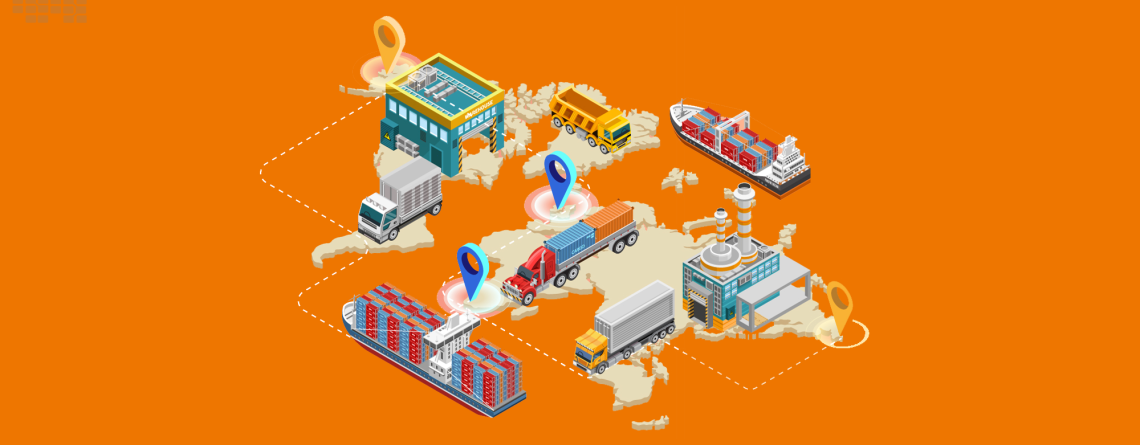
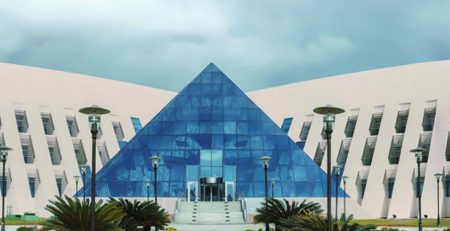
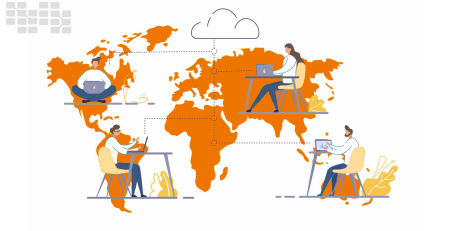
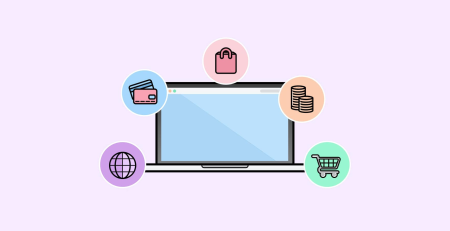

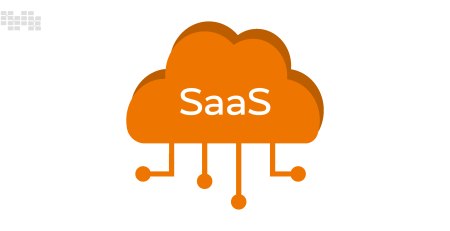
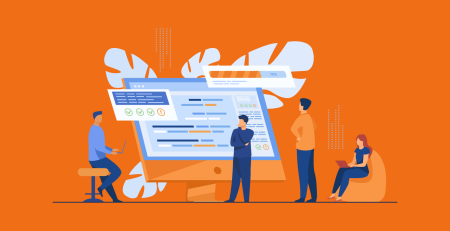



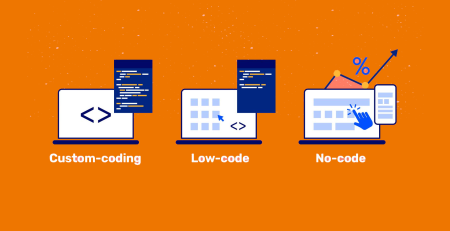
Leave a Reply